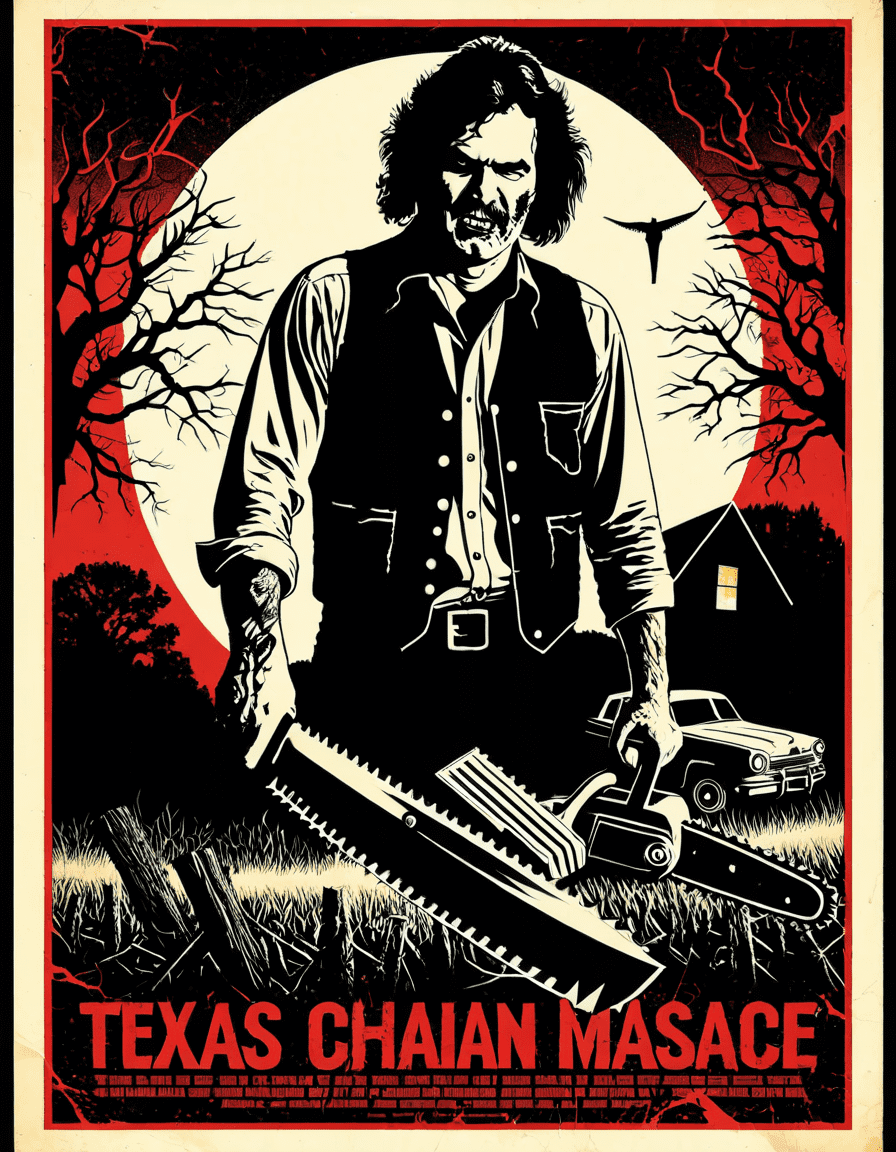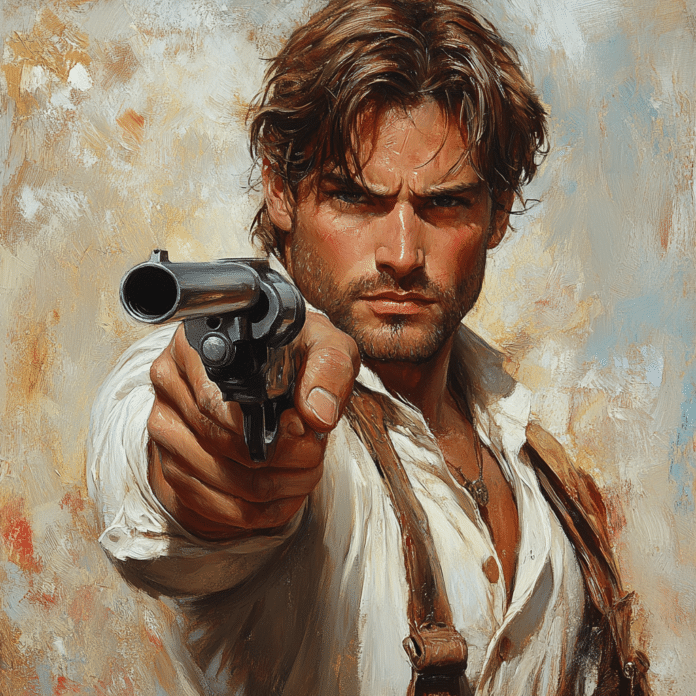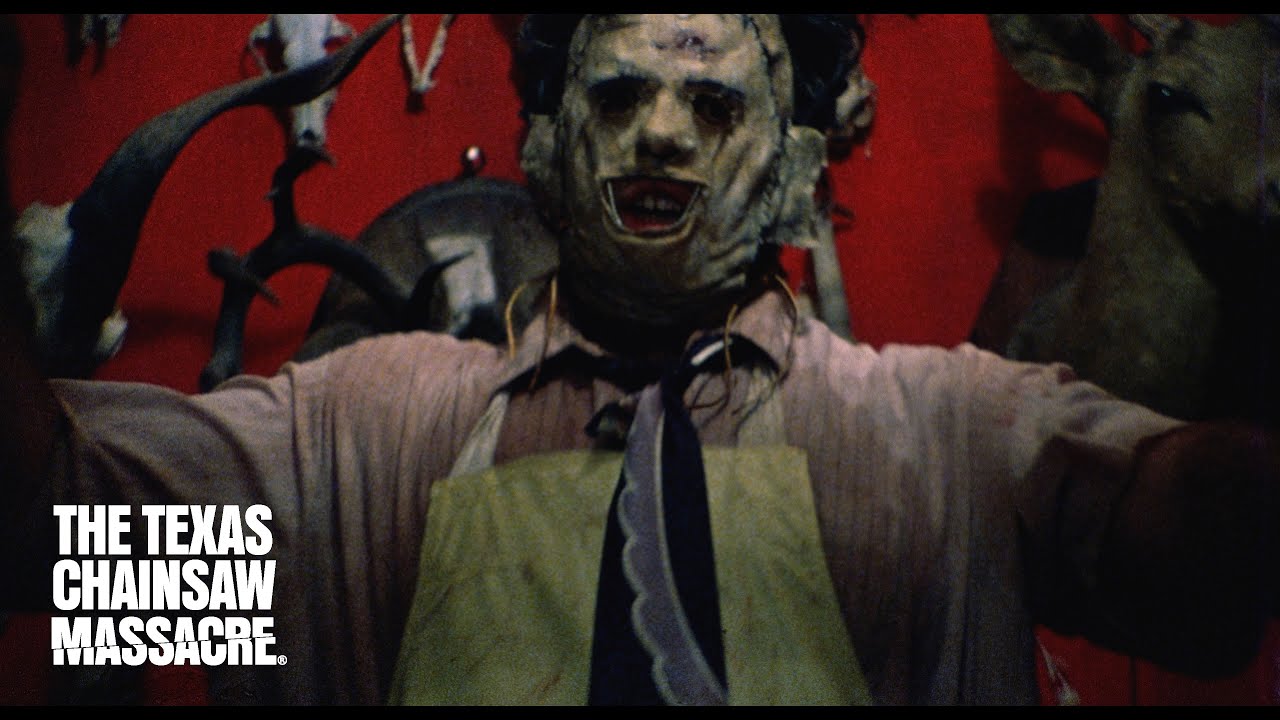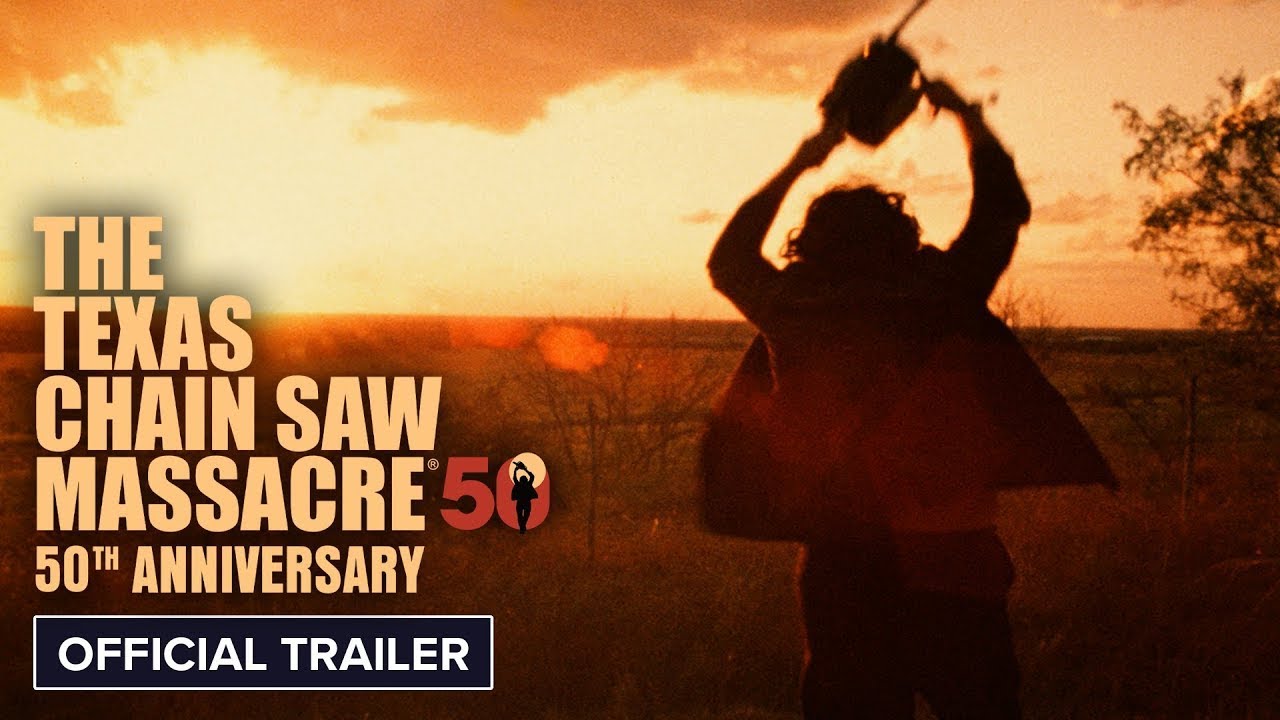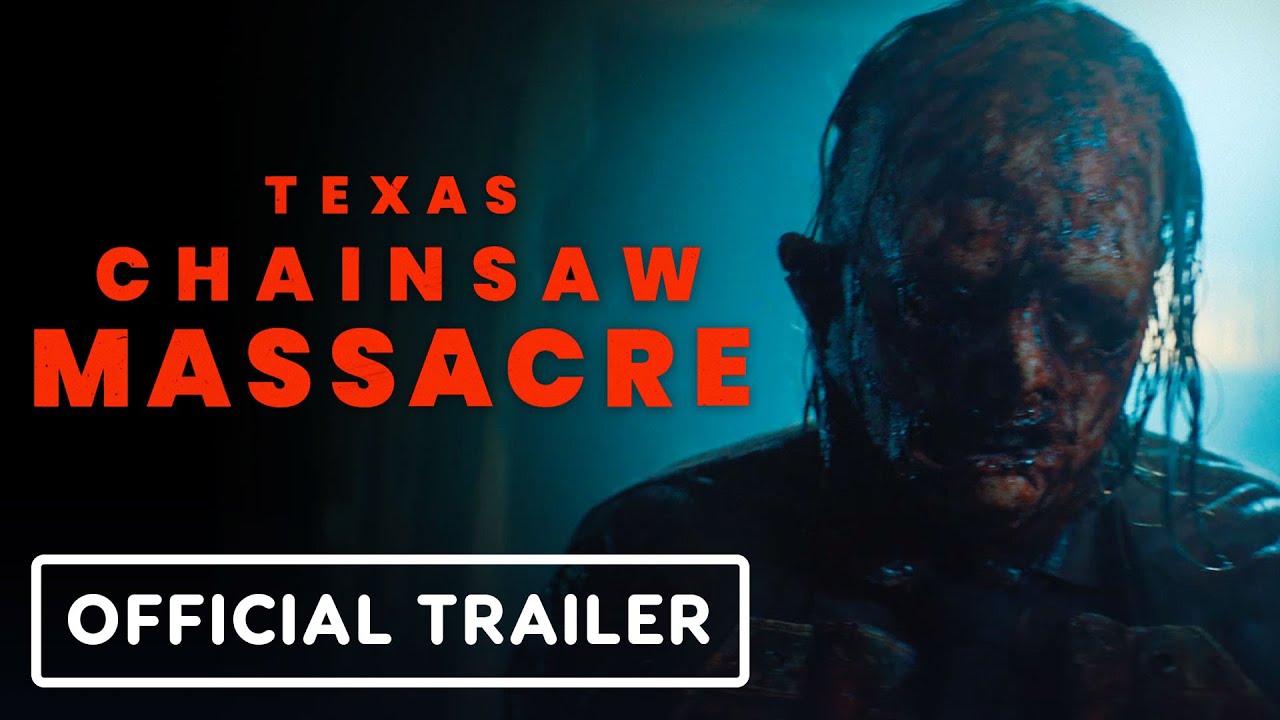The Texas Chainsaw Massacre, directed by Tobe Hooper and unleashed upon the world in 1974, isn’t just another horror flick; it’s often hailed as one of the most influential films in horror cinema history! This movie isn’t just about chainsaws and grisly scenes; it’s a psychological rollercoaster that digs deep into the human psyche, making it an enduring piece of art that resonates with audiences decades later. With its gritty realism and chilling narrative, the Texas Chainsaw Massacre has left an indelible mark on the film industry and the hearts of viewers.
The film’s power comes not only from its disturbing visuals but also from an overwhelmingly oppressive atmosphere that lingers long after the credits roll. The cacophony of sounds—the revving chainsaw, unsettling screams, and bone-chilling silence—adds layers to the horror. The character Leatherface, a towering presence donning a mask made from human skin, embodies everything we fear about the unknown. It’s this raw portrayal of fear that makes the Texas Chainsaw Massacre a gripping reflection of society’s darkest corners.
So, what makes a movie like this stick with us? It’s a cocktail of psychological terror and a societal mirror, showcasing the fragility of civilization. With every chainsaw rev and eerie chase, the Texas Chainsaw Massacre taps into fundamental human fears—fear of the monster lurking in the shadows and the brutal instincts residing within us all. Buckle up, because we’re about to explore the terrifying legacy that continues to haunt audiences worldwide!
The Psychological Impact of the Texas Chainsaw Massacre
The psychological impact of the Texas Chainsaw Massacre is profound and far-reaching, extending beyond those who dare to watch it. The film captures a feeling of dread, making us question our sense of safety and rationality. Unlike many horror films that rely on supernatural elements, the film’s horror stems from the terrifying possibility that monsters can emerge from real-life situations. By making the fear relatable, it resonates deeply with audiences and perpetuates anxiety about the unknown.
The unsettling atmosphere goes hand in hand with the film’s raw portrayal of violence. Every scream, every slice, and every terrifying moment effectively becomes a character of its own, adding to the emotional turmoil. More than a horror film, the Texas Chainsaw Massacre serves as a frightful commentary on human nature, prompting viewers to face their fears and reconsider their understanding of societal norms. The chainsaw, simple yet terrifying, has become a chilling symbol of that reality.
And Leatherface? He isn’t just a killer; he symbolizes the darkness residing within humanity brought to the forefront by societal collapse. This transformation from man to monster challenges viewers to confront their boundaries and fears, making the emotional impact of the Texas Chainsaw Massacre long-lasting and unforgettable.
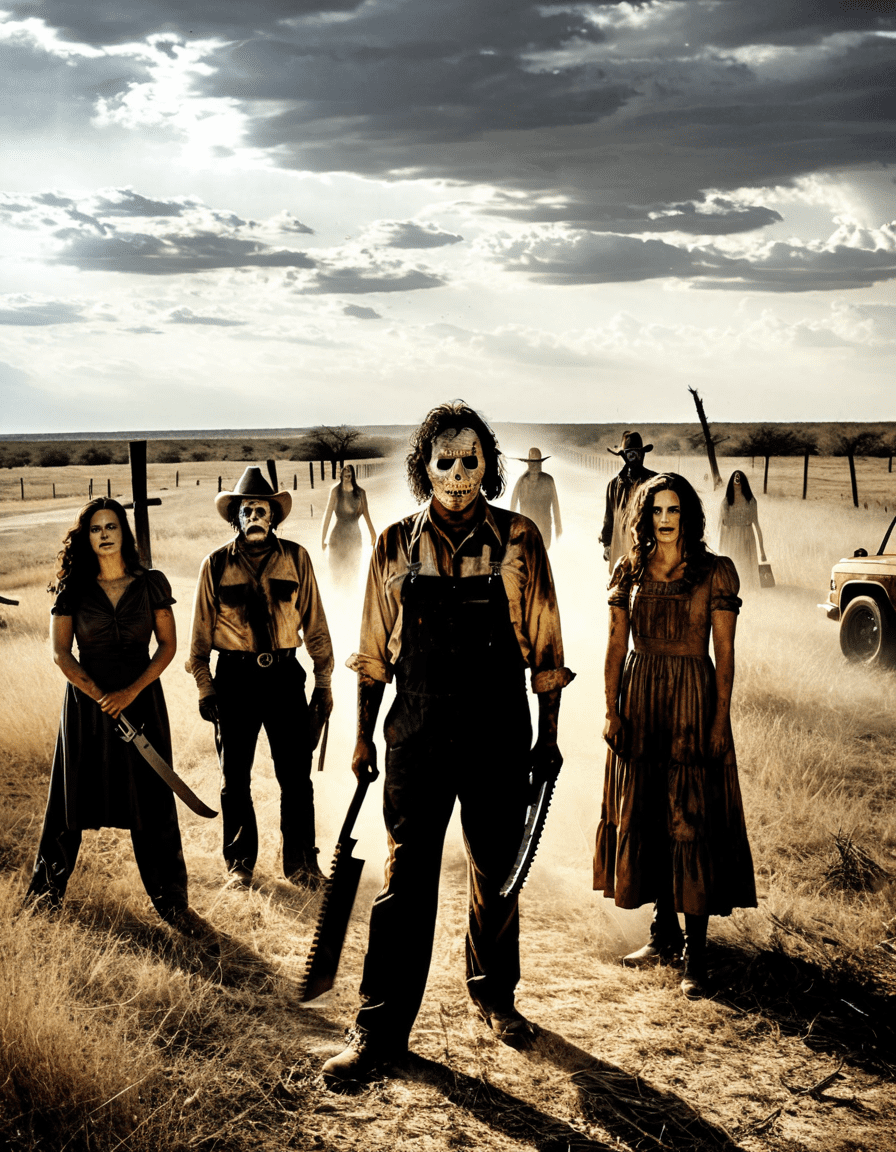
Top 7 Iconic Moments from the Texas Chainsaw Massacre That Haunt Us
When you think of the Texas Chainsaw Massacre, certain moments flash in your mind, don’t they? The film is packed with iconic scenes that stay with you long after viewing. Here are the top seven that continue to haunt us even decades later:
The film kicks off with a stark narrative framing, drawing viewers into a horrifying story through foreboding narration. A perfect tone is set from the start, making you wonder what horrors lie ahead.
The jarring disruption of silence as Leatherface appears swinging his chainsaw encapsulates the film’s essence—gritty, instinctive fear that pulls you into a world far removed from comfort.
Imagine sitting at a dinner table like no other. The grotesque family dynamics and their shocking behavior highlight not just fear but despair in a deranged yet astoundingly human fashion.
The frantic flight from Leatherface isn’t just a physical chase; it represents the ultimate struggle for survival, capturing Sally’s deep psychological battle with her captors.
Sound design in this film is pure genius. The revving chainsaw, combined with agonizing screams, doesn’t just set the mood; it acts as a character that heightens viewer unease.
Leatherface’s mask isn’t just a creepy accessory; it encapsulates identity loss and the monstrous aspects lurking within us. It invites a questioning of cultural sanity and morality.
The film wraps up with an intense chase scene that doesn’t just conclude the story—it leaves us pondering Sally’s fate and the trauma she’s endured. It’s a haunting ending that stays etched in our minds.
Each of these moments showcases the complexities and sheer terror housed in the Texas Chainsaw Massacre. They’ve become cultural touchstones for horror, practically daring future filmmakers to reach similar heights (or depths, depending on how you look at it!).
The Cultural Commentary Embedded Within Texas Chainsaw Massacre
The Texas Chainsaw Massacre isn’t just about fright; it offers biting societal commentary reflective of the turbulent 1970s. The film emerged during a time when America faced tumultuous changes, including the Vietnam War and a breakdown in traditional family values. These themes intertwine throughout the film, portraying a family unit that has devolved into cannibalism and chaos.
By positioning this distorted family as a reflection of societal angst, Hooper invites us to scrutinize the fragility of the American Dream. The Texas Chainsaw Massacre embodies how societal failures can breed monstrosity, urging viewers to reflect on the influence of culture on human behavior. As we sit in our seats, the film prompts discussions about morality and sanity, showing how monsters are not just born; they can also be created.
Moreover, the film challenges our understanding of violence. It forces us to confront the uncomfortable reality that terror can emerge from familiarity—a disconcerting thought that has kept audiences coming back (albeit through trembling fingers over their eyes). Thus, the Texas Chainsaw Massacre works on a deeper level, driving discussions that linger long after the film is over.
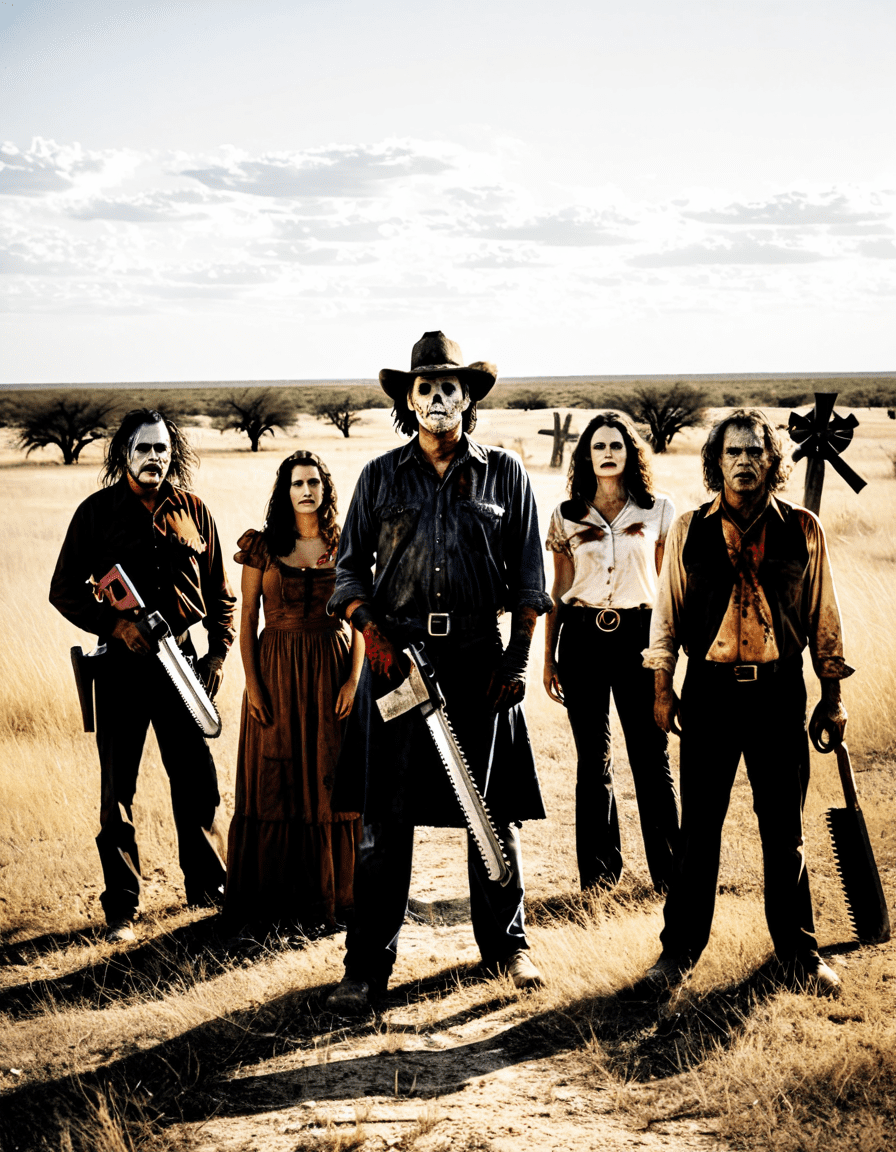
The Evolution of the Texas Chainsaw Massacre Over the Decades
Since first terrifying audiences, the Texas Chainsaw Massacre has evolved through a myriad of reboots, sequels, and adaptations. Each iteration brings layers of new interpretation while oftentimes sticking true to the franchise’s unsettling roots. The franchise includes a variety of reimaginings, such as the infamous 2003 version starring Jessica Biel and the more recent 2022 reboot.
What’s captivating is how each new film adapts to reflect contemporary fears while maintaining the essence of the original. There’s a dance of innovation and nostalgia, where filmmakers mingle classic horror methods with fresh concepts. For example, the remakes bring about advanced special effects, yet they strive to maintain the raw emotional impact that made the original a classic.
Despite technological advancements, the core messaging remains the same— fear and tension reign supreme as primary storytelling devices in the Texas Chainsaw Massacre franchise. It effectively draws new audiences into its horrific legacy while keeping long-time fans hanging on to every chainsaw rev.
The Texas Chainsaw Massacre’s Influence on Contemporary Horror
Fast forward to today, and the influence of the Texas Chainsaw Massacre is undeniably present in modern horror films. Several recent hits pay homage to the film’s groundbreaking techniques, proving that its impact is far from over. Films like ‘The Cabin in the Woods’ and ‘Hereditary’ showcase elements reminiscent of Hooper’s chilling narrative style and visceral visual effects.
Directors such as Ari Aster and Jordan Peele often cite the legacy of Leatherface as significant influences in their cinematic approaches. This speaks volumes about the film’s ability to inspire new creators to push the boundaries of what horror can be, making the Texas Chainsaw Massacre a perpetual trendsetter. Its blend of psychological horror, societal critique, and raw family dynamics continues to mold the creative process for filmmakers tackling modern themes of fear.
Final Thoughts: An Unending Nightmare Echoing Through Generations
In closing, the Texas Chainsaw Massacre transcends the realm of a traditional horror film, standing as a poignant reflection of society’s deepest fears and the fragile nature of human sanity. By examining the complexities of violence and the psyche, it keeps audiences curious and repulsed all at once. This film’s uncanny ability to haunt viewers through stark realism and meaningful social commentary ensures that its legacy will endure for generations to come.
As we consider the ongoing influence and evolving interpretations of the Texas Chainsaw Massacre, we find that it challenges us to confront the darkest corners of humanity. It’s a nightmare in the truest sense, blending horror with a critique that echoes through history. If you haven’t taken a deep dive into this cultural touchstone, you might want to gather some courage and a couple of friends—the lasting emotional impact of this film is something not to be missed!
With such a legacy behind it, the Texas Chainsaw Massacre remains not just a frightful tale but a significant piece of horror that urges reflection and conversation. So next time you’re in need of something spine-chilling, remember to revisit the legacy that continues to haunt and inspire: the Texas Chainsaw Massacre!
If you’re interested in more chilling tales, check out the latest insights in horror and pop culture, like the Dark Side Of The Ring Season 5 to see how documentaries tackle tough stories or the Dungeons And Dragons movie for a lighter escapade! And if you need a laugh after a horror binge, don’t forget Comedy Works denver for a fantastic lineup of performers ready to lighten the mood!
Texas Chainsaw Massacre: The Terrifying Legacy That Haunts Us
Behind the Chilling Scenes
Did you know that the Texas Chainsaw Massacre was initially inspired by true events? The film took cues from the notorious Ed Gein, a criminal whose gruesome acts influenced several horror films. While Gein was not a chainsaw-wielding maniac, his penchant for using human remains sparked the imaginations of filmmakers. Interestingly, the movie was shot on a tight budget, relying on sheer creativity and raw talent. In fact, the crew had to hustle together makeshift props and set pieces to create the eerie atmosphere. Talk about a do-it-yourself horror classic—much like how T-Pain creates engaging music, using whatever resources he has at hand!
Cultural Impact and Legacy
The Texas Chainsaw Massacre has left its mark on pop culture, inspiring countless films and parodies. The phrase “floss, floss, floss” may conjure images of dental routines, but in horror circles, this classic nevertheless resonates with those who’ve witnessed its relentless chase scenes. Moreover, Leatherface, with his chainsaw, has etched himself into the annals of horror icons. Just as Cedric The Entertainer aims to evoke laughter through comedy, Leatherface aims to incite fear, showcasing the power of character in media.
Unforgettable Moments
Among all the blood-curdling moments in the film, the chilling ending left audiences hanging on the edge of their seats, just like when you try to send an Imessage For Android—it’s frustrating when it doesn’t quite work out, isn’t it? The haunting images of a helpless protagonist fleeing for her life serve as a powerful commentary on survival instincts. Just like Gregory Peck braved his roles, the actors in Texas Chainsaw pushed their limits to capture the raw terror of their roles. Ultimately, the legacy of the Texas Chainsaw Massacre is undeniable, much like the everlasting beat of a Wham! song—once heard, it lingers in your mind, haunting you long after the credits roll.
